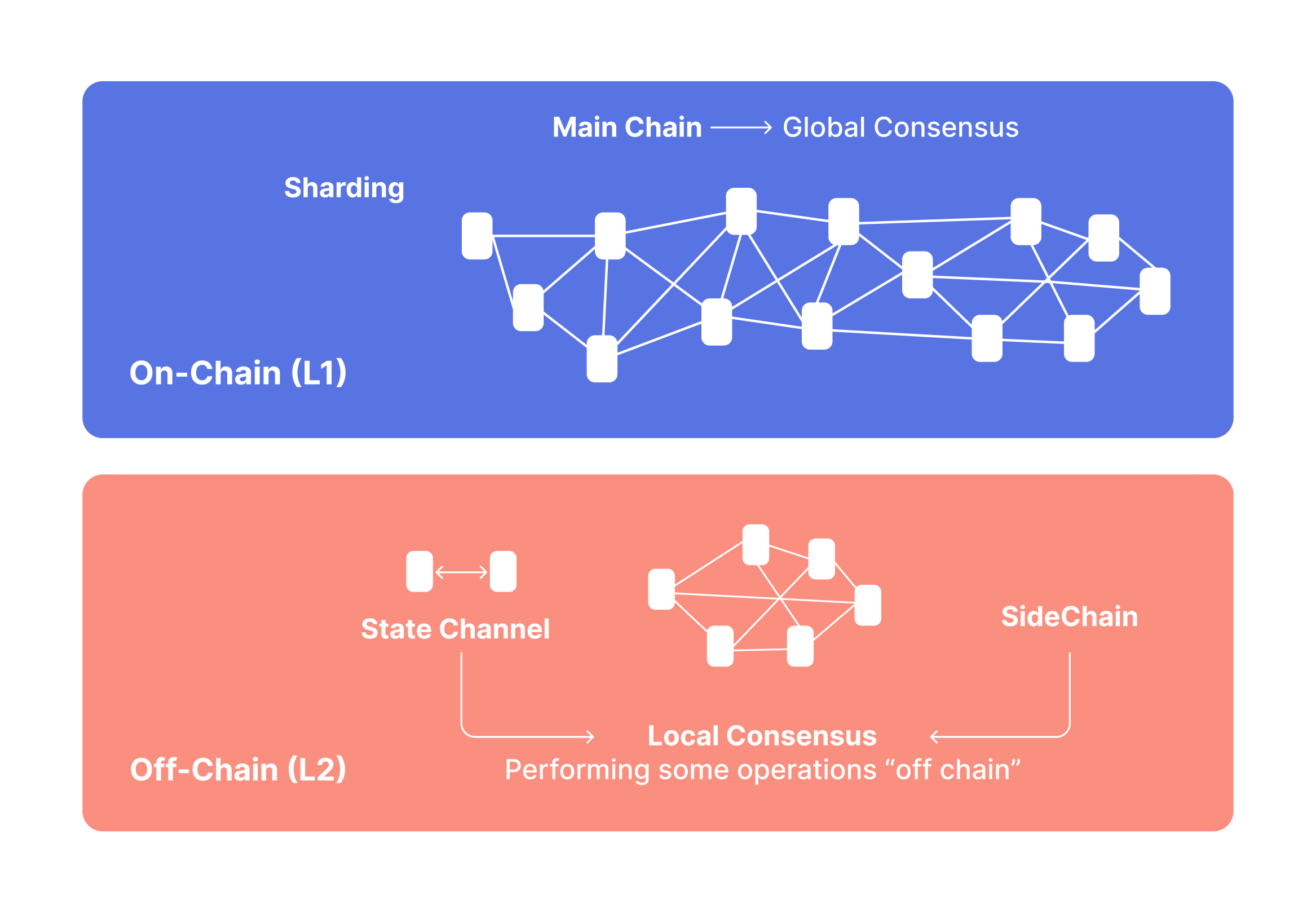The Hookup Dossier: Your Ultimate Guide to Modern Dating
Explore the ins and outs of dating, relationships, and modern romance.
On-Chain Transaction Analysis: Decoding the Blockchain's Hidden Stories
Uncover the secrets of the blockchain! Dive into on-chain transaction analysis and reveal the untold stories hidden within the data.
Understanding On-Chain Transactions: A Comprehensive Guide
Understanding on-chain transactions is crucial for anyone looking to navigate the world of blockchain technology effectively. Unlike off-chain transactions, which occur outside the blockchain, on-chain transactions are recorded directly onto the blockchain itself. This process ensures a high level of transparency and security since each transaction is verified by a network of nodes within the blockchain. In essence, on-chain transactions involve the complete history of ownership and transaction history, making them immutable and traceable. This guide will explore the mechanics of on-chain transactions, their significance, and how they impact the overall functionality of blockchain networks.
To grasp the full scope of on-chain transactions, it is essential to understand the underlying principles that govern them. Transactions are initiated by users who send digital assets, such as cryptocurrencies, to one another. These transactions are then grouped into blocks by miners or validators, who compete to solve complex cryptographic puzzles. Once a block is successfully added to the blockchain, the transactions within it are conferred a permanent status. Some of the benefits of on-chain transactions include:
- Security: The decentralized nature of blockchain protects against fraud.
- Transparency: All participants can view transaction history.
- Immutability: Once recorded, transactions cannot be altered.
Understanding these benefits is vital for leveraging on-chain transactions effectively in various applications, from simple cryptocurrency transfers to more complex smart contracts.

Counter-Strike is a highly popular first-person shooter game that emphasizes team-based gameplay and strategy. Players take on the roles of either terrorists or counter-terrorists, with objectives varying from bomb defusal to hostage rescue. To enhance your gaming experience, you can check out the bc.game promo code for exciting bonuses and rewards.
How to Analyze Blockchain Transactions for Insights
To effectively analyze blockchain transactions for insights, it's crucial to understand the anatomy of a blockchain transaction. Each transaction includes details such as the sender's address, receiver's address, transaction amount, and a timestamp. By collecting and scrutinizing these elements, you can identify patterns and trends. For a more structured approach, consider using blockchain explorers like Etherscan or Blockchair that allow you to search and filter transactions based on various criteria. This not only streamlines your analysis but also helps you gain deeper insights into transaction behaviors over time.
Furthermore, applying data visualization tools can enhance your understanding of blockchain data. Tools like Tableau or Google Data Studio can be used to create dashboards that represent transaction flows, volume, and user engagement. This visual approach makes it easier to uncover trends such as peak transaction periods or geographical distributions of activity. Don't overlook the importance of sentiment analysis as well, particularly when evaluating the impact of social media dynamics on transaction volumes. By combining quantitative data with qualitative insights, you will unlock significant value from your blockchain transaction analysis.
What Secrets Can On-Chain Data Reveal About Market Trends?
On-chain data has emerged as a crucial tool for investors and analysts looking to understand market trends. By examining the transactional activities recorded on a blockchain, one can gain insights into the behavior of traders and the sentiment surrounding a particular cryptocurrency. For instance, spikes in the number of transactions or wallet addresses can indicate rising interest or accumulation patterns that often precede price movements. Additionally, metrics such as transaction volume and active addresses serve as leading indicators of market health, allowing investors to make informed decisions based on real-time data instead of speculation.
Furthermore, on-chain data allows for a deep dive into the whale movements—the practice of influential investors buying or selling large quantities of cryptocurrency—which can significantly impact market prices. Tools like analytics dashboards can track these movements, giving regular traders an advantage by highlighting potential buying opportunities or warning them of significant market sell-offs. By uncovering these hidden patterns and employing advanced data analysis techniques, one can effectively leverage on-chain data to predict future market trends and adjust their trading strategies accordingly.